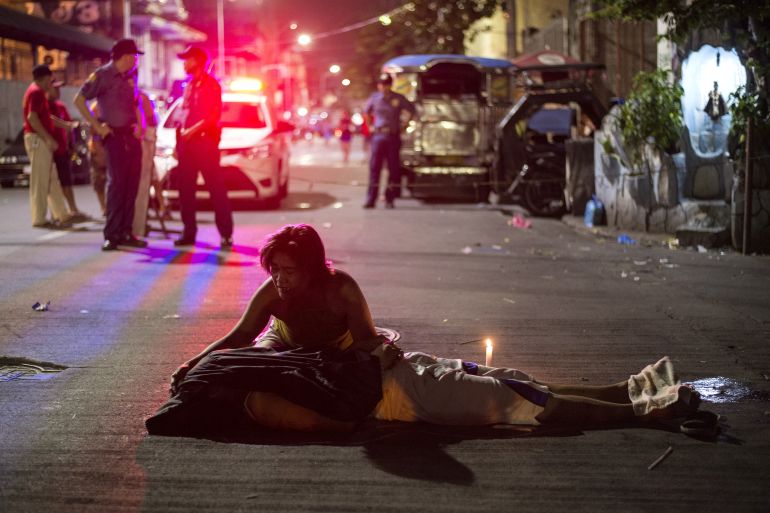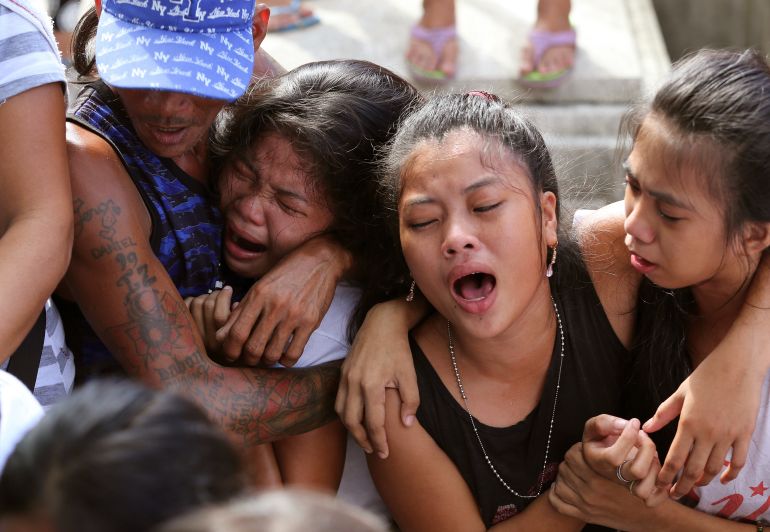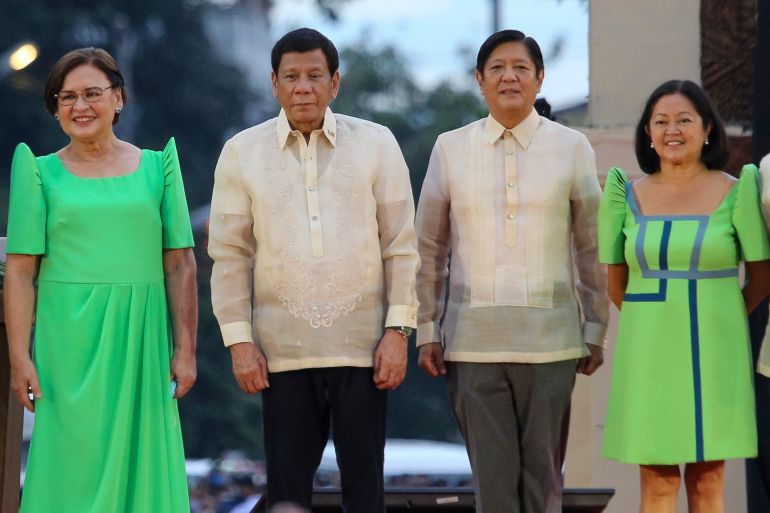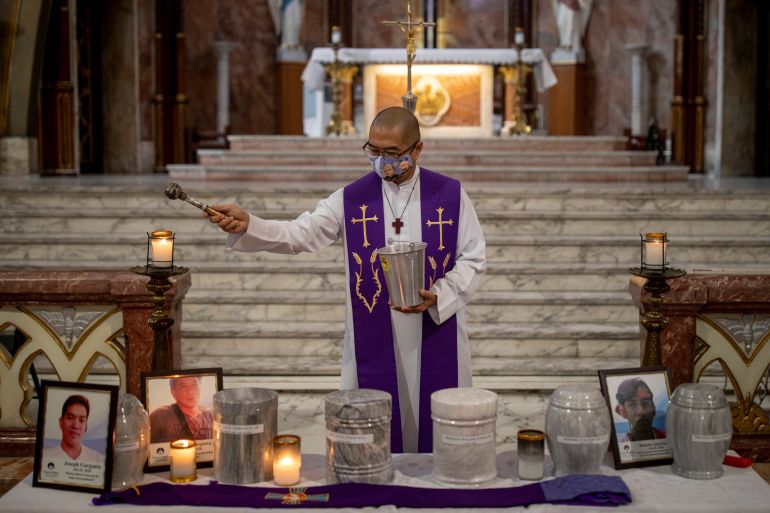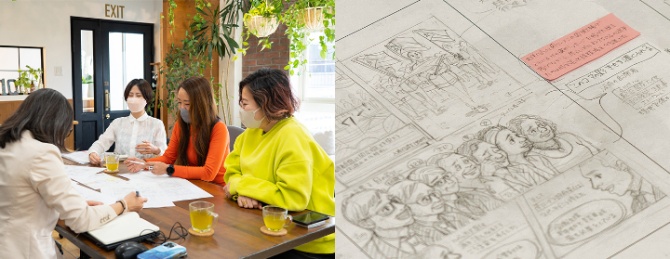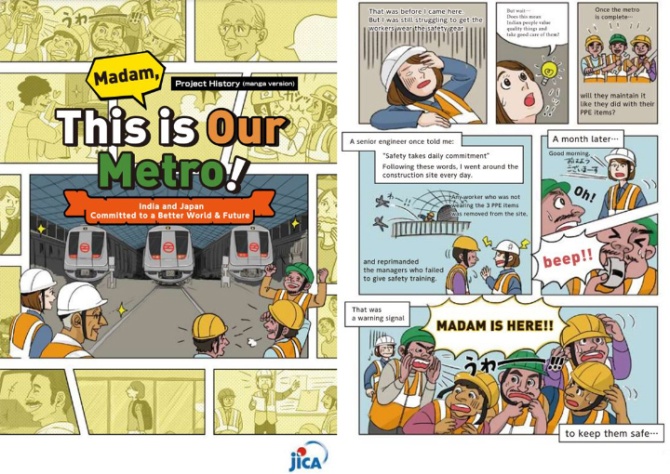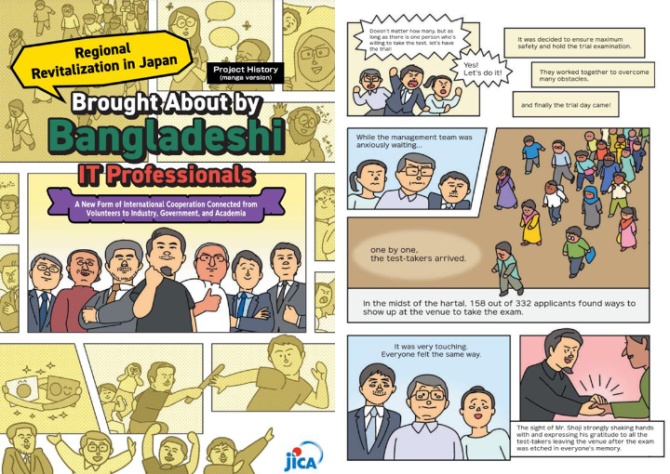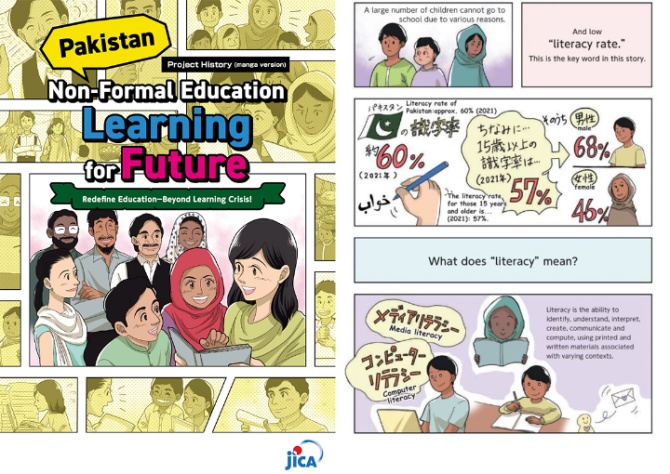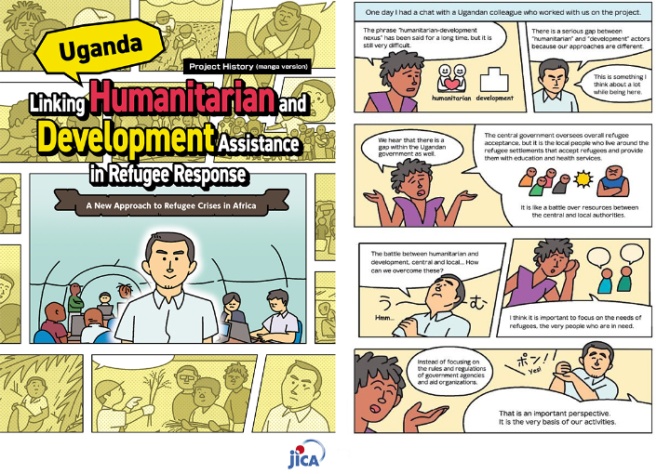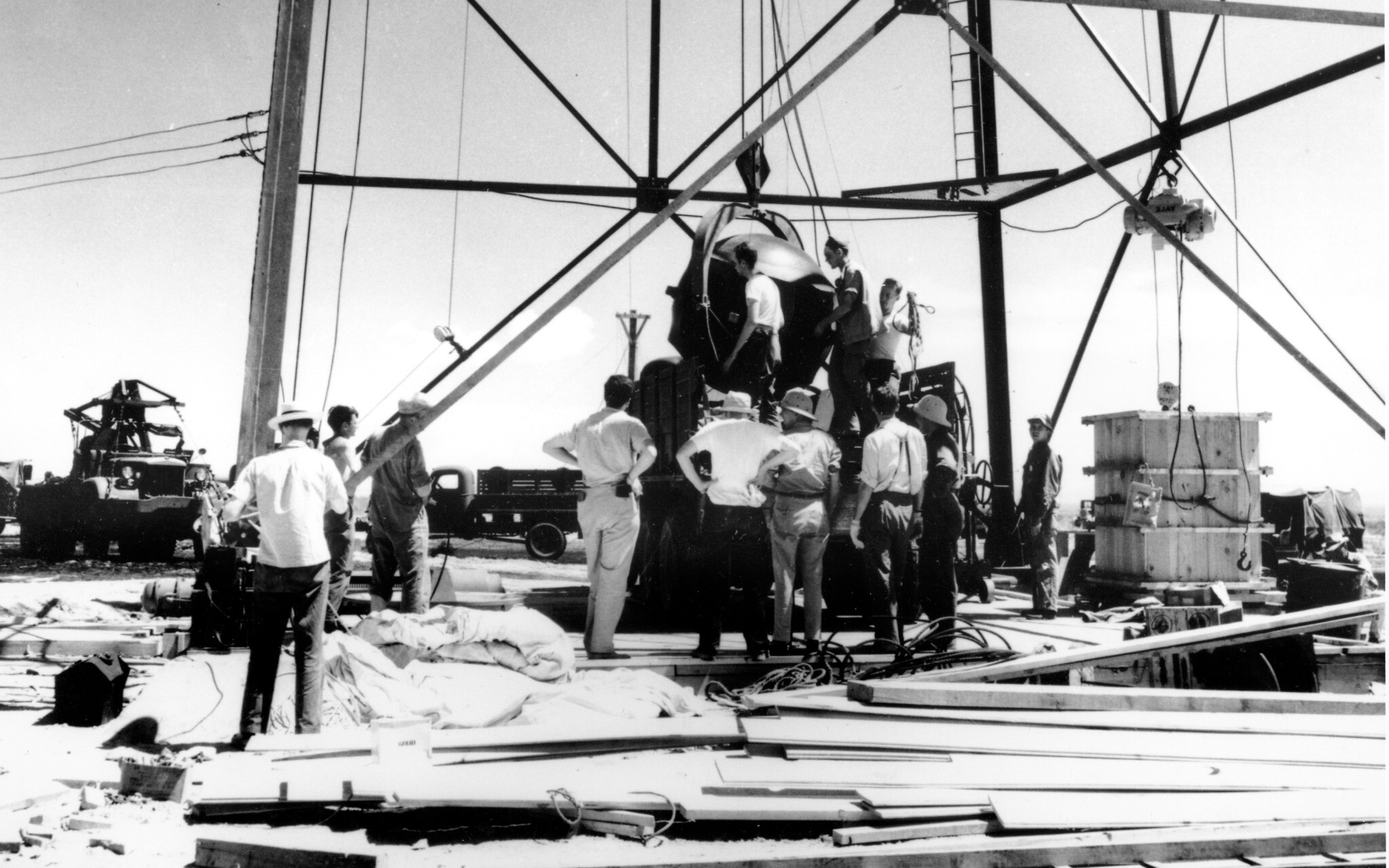
New Zealand teachers and early childhood educators gather outside Wellington’s Parliament House as part of a nationwide strike for better pay and conditions, in Wellington, New Zealand, March 16, 2023. — Reuters
WELLINGTON: Around 50,000 teachers in New Zealand went on strike on Thursday, after union talks with the Ministry of Education aimed at improving salaries and conditions stalled.
Teachers demanding better pay waved placards declaring “can’t afford the dentist” and “too poor to print good signs” as the one-day strike forced kindergartens as well as primary and secondary schools to close across the country.
Trade unions argued that the government’s latest pay offer did not match inflation and that the education sector is at a “crisis point” due to teacher shortages. “A quality education is a fundamental human right,” Chris Abercrombie from the Post Primary Teachers’ Association said.
“Tragically, as teachers we are seeing that right being slowly, and surely, undermined.” Improvements to teacher salaries and working conditions are essential to keep experienced staff and recruit graduates, he said.
Teachers “want to send a message to the government about how serious we are about needing change”, said Mark Potter, president of the New Zealand Educational Institute.
“We all want the best for our students but without changes to the system we can’t give it to them.” Education Minister Jan Tinetti said she was disappointed to see teachers strike and wanted the dispute resolved quickly.
Published in Dawn, March 17th, 2023
Issued on: 16/03/2023 -
AFP
Text by: NEWS WIRES
Around 50,000 teachers in New Zealand went on strike on Thursday, after union talks with the Ministry of Education aimed at improving salaries and conditions stalled.
Teachers demanding better pay waved placards declaring "can't afford the dentist" and "too poor to print good signs" as the one-day strike forced kindergartens as well as primary and secondary schools to close across the country.
Trade unions argued that the government's latest pay offer did not match inflation and that the education sector is at a "crisis point" due to teacher shortages.
"A quality education is a fundamental human right," Chris Abercrombie from the Post Primary Teachers' Association said.
"Tragically, as teachers we are seeing that right being slowly, and surely, undermined."
Improvements to teacher salaries and working conditions are essential to keep experienced staff and recruit graduates, he said.
Teachers "want to send a message to the government about how serious we are about needing change", said Mark Potter, president of the New Zealand Educational Institute.
"We all want the best for our students but without changes to the system we can't give it to them."
Education Minister Jan Tinetti said she was disappointed to see teachers strike and wanted the dispute resolved quickly.
The cost of living has become a major political issue in New Zealand as the government struggles to keep a lid on inflation.
Recent figures have suggested that New Zealand'seconomy is shrinking, fuelling fears of a looming recession.
(AFP)

:quality(70):focal(2020x655:2030x665)/cloudfront-eu-central-1.images.arcpublishing.com/thenational/EFWH6DBRMKAVPY6ZDCCZ6TCRRA.jpg)
